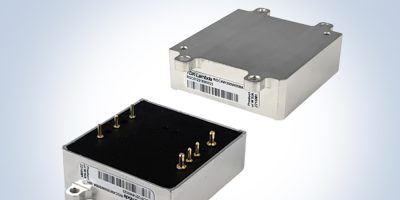Adding the Intel Xeon W-3400 and W-2400 (code-named Sapphire Rapids) to its processor portfolio, Rutronik Elektronische Bauelemente offers the desktop workstation processors for high-end computing. The Sapphire Rapids processors have new computing architecture, faster cores, and a new embedded multi-die interconnect bridge (EMIB) package.
The Sapphire Rapids processors offer scalability for increased performance with support for DDR5 RDIMM, PCIe Gen 5.0 and Wi-Fi 6E for the increased demands expected with future computing workloads. Developers and data science experts in particular will benefit from the powerful performance, said Rutronik.
The Intel Xeon W-3400 and W-2400 desktop workstation processors are available with up to 24 cores and 64 threads (Xeon W-2400) or 56 cores and 112 threads (Xeon W-3400) on a single chip. They feature a redesigned memory controller and a larger L2 cache as well as the L3 Shared Intel Smart Cache with up to 105Mbyte. The flagship of the series, the Intel Xeon w9-3495X, is the most powerful desktop workstation processor Intel has developed to date. It offers performance improvements of up to 28 per cent single-thread and up to 120 per cent multi-thread compared to the previous generation. In addition, operating frequencies of up to 4.8GHz with the Intel Turbo Boost Max Technology 3.0 to handle the challenges posed by constantly increasing computing power.
The processors also have an increased L2 cache and shared L3 Intel Smart Cache (up to 105Mbyte), Intel third generation Deep Learning Boost (AVX-512 support), support for select Intel vPro Enterprise technology, comprehensive overclocking support for unlocked processors – including the industry’s first DDR5 XMP 3.0 RDIMM memory overclocking capabilities, operating frequencies up to 4.8GHz and Intel Turbo Boost Max Technology 3.0.
Target applications are in media and entertainment, particularly for the creation of 3D scenes, video effects, or game development.
They are also suitable for engineering (CAD, CAE, AEC, simulation), where they can be used for product design, architectural design, product development and analysis, and product visualisation. In scientific computing and artificial intelligence development, the Intel Xeon W-3400 and W-2400 processors support data science, scientific computing, or machine learning / deep learning.







